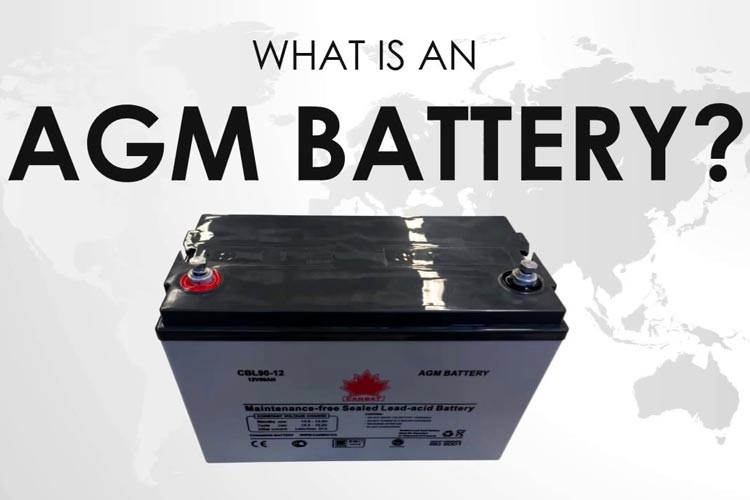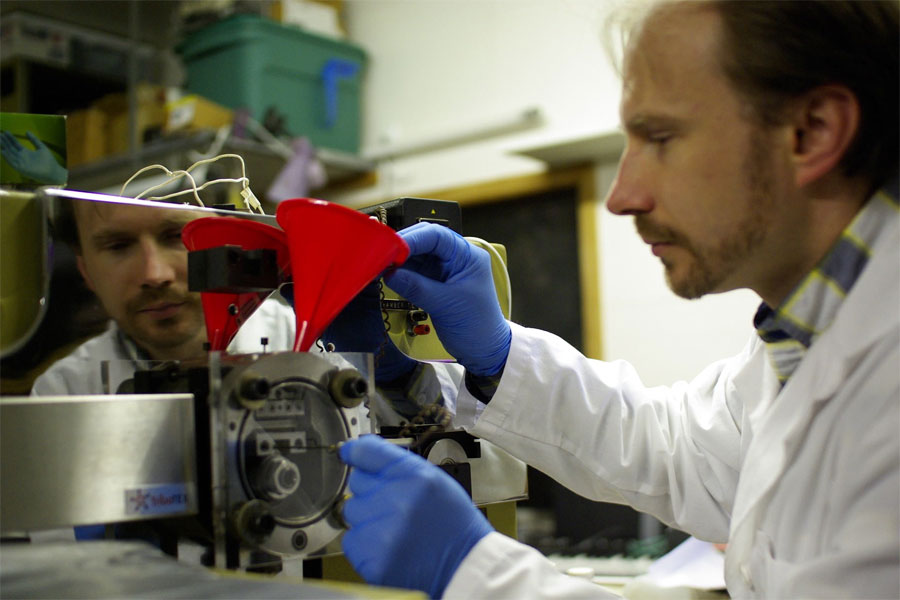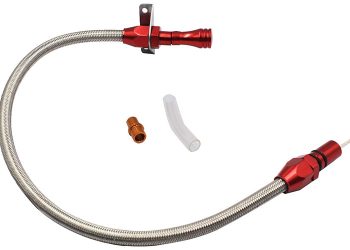An AGM battery is a type of sealed lead-acid battery. In the early 1980s, absorbed glass mat batteries were developed as a low-cost alternative to NiCad (NiCd) batteries. Today, this sealed battery can be found in various applications, including marine, aviation, and off-grid power systems such as wind and solar.
The batteries are ideal for advanced vehicles with start-stop technology and high power demands. Let’s take a closer look at the inner workings of an AGM battery. Let’s take a closer look at the AGM battery’s inner workings. Let’s take a closer look at the AGM battery’s inner workings.
What is an AGM Battery?
An AGM battery is a type of car battery designed to do two things: deliver powerful bursts of starting amps and run electronics for an extended period. The abbreviation stands for absorbed glass mat. It is one of several enhancements made to Planté’s original train light battery.
Glass mats will squish like a sponge, cushioning the ultra-thin lead plates. As a result, manufacturers can pack more glass mats and lead into a single battery. More lead means more power. Furthermore, the squish factor implies that the battery’s internals is tightly packed.
AGM batteries also have valves that control how much hydrogen and oxygen gas can escape during charging. They are part of a larger category of valve-regulated, lead-acid (VRLA) batteries, typically used for storing a large amount of power for an extended period or long-running power applications.
How Does it Work?
Absorbed glass mat batteries use a particular type of glass mat separator to keep the solution of electrolytes between different battery plates. With the help of this feature, the battery keeps the electrolytes saturated and in a dry or suspended state.
While the battery is operating, the electrolyte is transferred from the glass mat to the battery plates as needed. The mat contains enough electrolytes for the battery to operate at total capacity. The electrolyte will not spill if the battery case is damaged or the battery is tipped on its side.
AGM Vs. Other Batteries
AGM Vs.Flooded Batteries
The flooded batteries are used in multiple industries and are also required for multiple other applications. The lead plates, plate separators, and sulfuric acid are electrolytes. The batteries do not let the gases recombine to form the liquid.
As a result, these gases are released into the air. In addition, to replenish the electrolytes, you have to add water into the batteries regularly!
AGM Vs. Gel Batteries
Gel batteries use silica to turn the acid inside the battery into a thick liquid. Like our AGM batteries, this liquid makes it spill-proof, but the gel is fragile and can quickly burn if used in high-amperage situations.
Fast charging, high discharge, and other stressful situations are all likely to cause severe damage to a gel battery, causing it to fail even if it is barely used.
AGM batteries take the gel battery concept and expand on it. It resulted in a product with the same resistance as a gel and sealed and spill-proof case.It has the flexibility and high performance that only an AGM battery can provide.
Combine this with a more efficient method of producing the batteries. You have a more affordable and powerful tool that is a must-have for any professional.
AGM Vs. Lead Batteries
AGM batteries are standard equipment in many late-model vehicles. The technology is ubiquitous on models with stop-start systems. AGM batteries have six cells like traditional lead-acid batteries, each with plates with insulating separators.
The primary distinction is that the separators in an AGM battery are made of an absorbed glass mat, which absorbs the acid solution in the battery. Another difference is that AGM batteries’ cells are compressed to keep the acid solution pressed between the plates.
Pros & Cons Of AGM Batteries
Pros
- Unlike traditional lead-acid batteries, which allow their electrodes to freely flood, AGM batteries have glass mats that prevent this. Furthermore, the purpose of these glass mats is to prevent spills. Rather than making the electrolyte absorb, the glass mats hold it in place, preventing it from spilling over, even when the battery is in unusual positions.
- AGM batteries have low internal resistance due to the way they are designed. As a result, they can provide good bursts of power when needed, such as when starting a battery. Because of this feature, these batteries respond to loading better than any other battery on the market.
- Traditional flooded batteries have a shorter lifespan than AGM batteries. Furthermore, they serve for a more extended period when performing the same tasks. But they also last longer when not in active use. Unlike other batteries, self-discharging is minimized, which is a significant issue. It ensures that they do not need to be charged again after a long period of inactivity.
Cons
- Unlike flooded batteries, AGM batteries have a higher production and manufacturing cost. However, they are still less expensive to manufacture than gel-type batteries.
- These have a high power output but low specific energy. A typical high load is generally required for batteries that run for an extended period under a moderate load. It means that these batteries cannot be used on multiple devices simultaneously.
- Though AGM batteries hold a charge for a more extended period than other batteries, they gradually lose charging capacity over time. It is in contrast to gel batteries, which have an advantage in this sector due to their superior performance dome.
Conclusion
AGM batteries are pretty popular these days and are high in demand. The reason is their low internal resistance, ability to deliver high amounts of current, long life, and deep cycles. Above all, the batteries do not require any maintenance.
Compared to other acid-flooded batteries, they are light in weight, have a low discharge rate, and show resistance to low temperature. So, you are looking for a go and get the AGM batteries and make your life easier!














